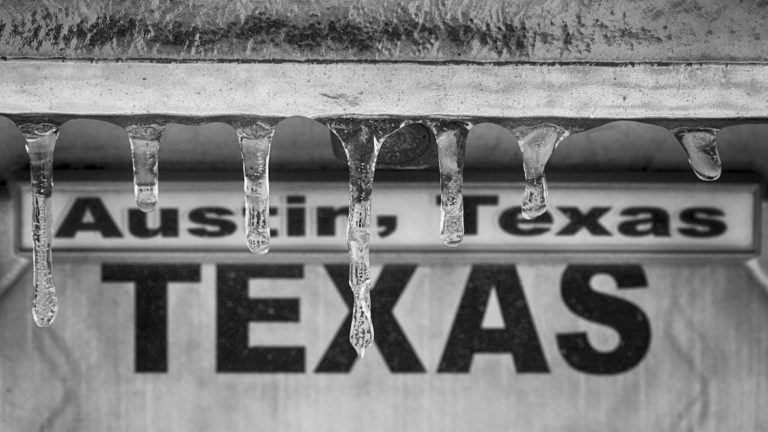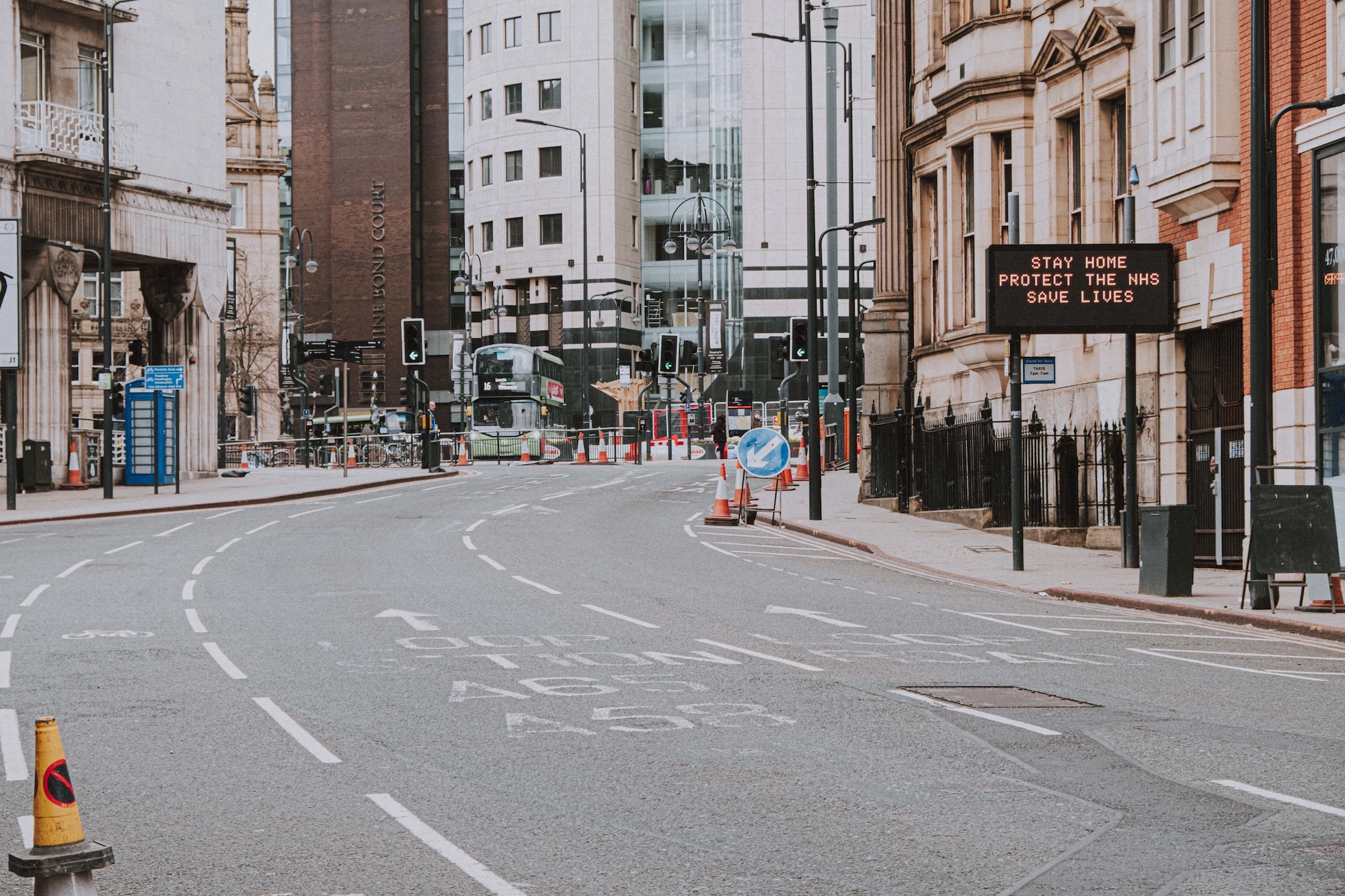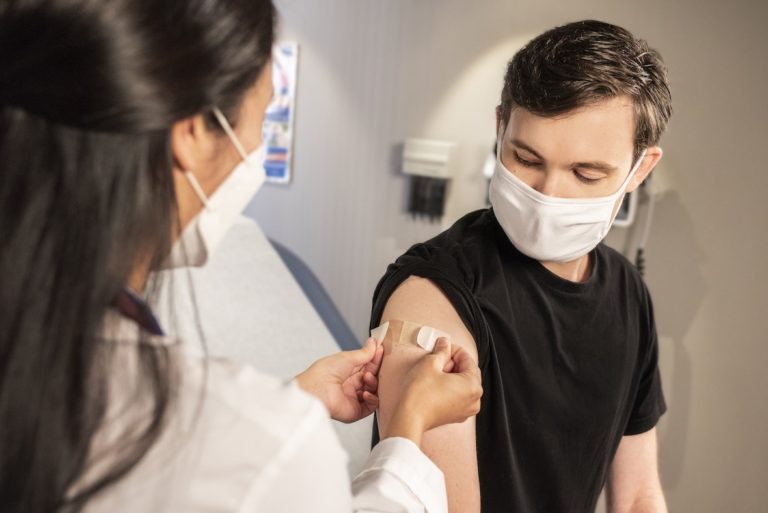
Lessons from the ‘Texas Deep Freeze’
Australia’s electricity systems are vulnerable to climate change, extreme weather and power outages. So, there are valuable lessons to be learned from the 2021 ‘Texas Deep Freeze’.
We’ve entered 2021 having lived through unimaginable disruption and facing much more, we might well ask ourselves: Will COVID-19 cause a fundamental reimagining of our relationship with cities?
Cities became the dominant human environment a decade ago, when the majority of the global population became urbanised for the first time. The urbanisation trend was predicted to continue for many more years. Now that assumption is under strain. Our cities and the trends that drive them may never again be the same.
People connect to cities through ‘sense of place’. The concept describes how we perceive and attach to places through use, identity, emotion, behaviour and memory. Our connection with cities changes over time but is always grounded in sense of place.
In its early months the COVID-19 pandemic left thousands of cities empty, eerie and listless. Most have since reopened to some degree. Still, many workers remain at home. Office buildings are quiet, as are streets, businesses and public spaces. People are wary of cities now; their sense of place has changed profoundly.

What exactly does COVID-19 represent for cities and how does it disrupt sense of place?
People are redefining their relationship with cities as profound disruptions reshape their sense of place. Everyday things like shared seating, busy trains and eating out are now threatening for many. Places that once teemed with life are muted. People are fearful.
COVID-19 represents a ‘transformative stressor’ for cities. These rare events, which I describe and explore in depth in my research, cause profound and widespread social, environmental and economic disruption. Shocks are felt at every level of society and across institutions. Fundamental relationships come under stress. Major changes become unavoidable.
What was once a distant worry becomes an immediate threat when a transformative stressor hits a city. Things that were reliable and comfortable no longer are. Our behaviour changes in response, causing us to redefine our sense of place over time.
The impacts of transformative stressors are felt simultaneously in economic activity, human health and social order. Impacts occur across scales. Almost everybody endures multiple forms of disruption. Transformative stressors demand decisive response—they are too serious to ignore and failures in leadership are quickly exposed.
A local example of a transformative stressor is the Australian ‘millennium drought’, which lasted from the late 1990s until 2010. The event reduced water supplies to critical levels in South East Queensland and put profound stress on government, industry and the public. Emergency responses became common and widespread institutional, policy and behavioural changes occurred relatively quickly. Massive infrastructure spends were undertaken to secure the region’s water supply against a similar shock in the future.
COVID-19 has all of the characteristics of a transformative stressor. It may remain dynamic and it might not be possible to fully manage it. Recovery planning also needs to account for the possibility COVID-19 might never disappear. It could become a regular risk of city life. This will of course affect people’s sense of place in an ongoing way.
Recovery planning is never easy and is fraught with emotion and uncertainty. This time the scale of the challenge is almost impossible to calculate for cities. How do we move forward with such an immense task, and how do we restore a positive sense of place?
The transformative impacts of the pandemic are upending established norms, patterns, behaviours and relationships. Data and predictions are suddenly unreliable. Previous urban trends may not return. Modelling for future city populations and services, undertaken prior to the pandemic, may now be irrelevant.
People stoically endured lockdowns in many countries. Working from home with limited mobility prompted many to re-evaluate their sense of place. It is likely that many people will want a say in how our fundamental relationship with cities is reimagined after this.
Cities and their economies cannot thrive if their residents are constantly unsettled. Planners and policymakers need to work outside their normal methods if they want thriving cities post-pandemic. It is essential that extensive stakeholder consultations happen. These must prioritise direct input from urban residents—the people that live in or frequently visit cities.
Participating in online co-creation workshops can help urban residents redefine their sense of place in real time. This allows people to redefine their sense of place by considering the future with full acknowledgement of the past. They can describe how COVID-19 changed their perceptions and use of space. Opportunities to describe measures to restore their confidence and comfort in cities should be prioritised.
New trends will be revealed through engagement with urban residents, reflecting changes to their sense of place. Lessons from these workshops will help policymakers and planners to reimagine and positively redefine urban space into the future.
Many innovations in urban planning are founded in efforts to improve human health. COVID-19 will undoubtedly prompt a new round of thinking about how cities can be re-imagined. It will be a big adjustment for urban planning, which has traditionally relied on the relative predictability of how people use space.
The transformative stresses of the pandemic are changing our relationship with cities everyday. Do people have the same enthusiasm for city living they had a year ago? Is it really time to imagine new urban realities, or will we eventually drift back into old patterns? What would new realities look like? How do we pragmatically turn imagination in reality?
So far we only have short-term trends to rely on. There appears to be strong interest in improving active transport options. Many people have rediscovered the simple joys of walking and cycling. Other new priorities may be more green space and better social infrastructure.
On the other hand, enthusiasm for urban office and retail space seems to be in decline, perhaps permanently. The viability of specific areas in cities may come under pressure if workforces shrink significantly because remote working suits many employers and their staff. Discussions on how to repurpose those buildings spaces are another opportunity to reimagine and positively redefine urban futures.
These are extraordinary times that call for extraordinary responses. People’s perception and attachment to cities is changing, perhaps forever. The future viability and vibrancy of cities requires that we restore a positive sense of place.
Decisions on where to go from here will be better made if decision makers understand how people are redefining their sense of place in this time of profound upheaval. Now is a time for planners and policymakers to plan with people, not for people.
 Dr Tony Matthews is an award-winning Urban and Environmental Planner. He is an active scholar, practitioner, public writer, speaker and broadcaster. His research interests include adapting cities to climate change, the role and function of green infrastructure and the interplay between urban design, health and environmental outcomes.
Dr Tony Matthews is an award-winning Urban and Environmental Planner. He is an active scholar, practitioner, public writer, speaker and broadcaster. His research interests include adapting cities to climate change, the role and function of green infrastructure and the interplay between urban design, health and environmental outcomes.
Follow Tony on Twitter.

Australia’s electricity systems are vulnerable to climate change, extreme weather and power outages. So, there are valuable lessons to be learned from the 2021 ‘Texas Deep Freeze’.

Professor Julianne Schultz AM FAHA on the necessity of funding arts and culture, so “… we can better hear our stories, learn our history, create and participate. In the age of Facebook, Google, Netflix and Amazon, this is more important than ever..”

Australia’s COVID-19 vaccination rollout has hit yet another crossroads. Public confidence has wavered following the federal government’s announcement last week that the Pfizer vaccine was the preferred choice for people under age 60.